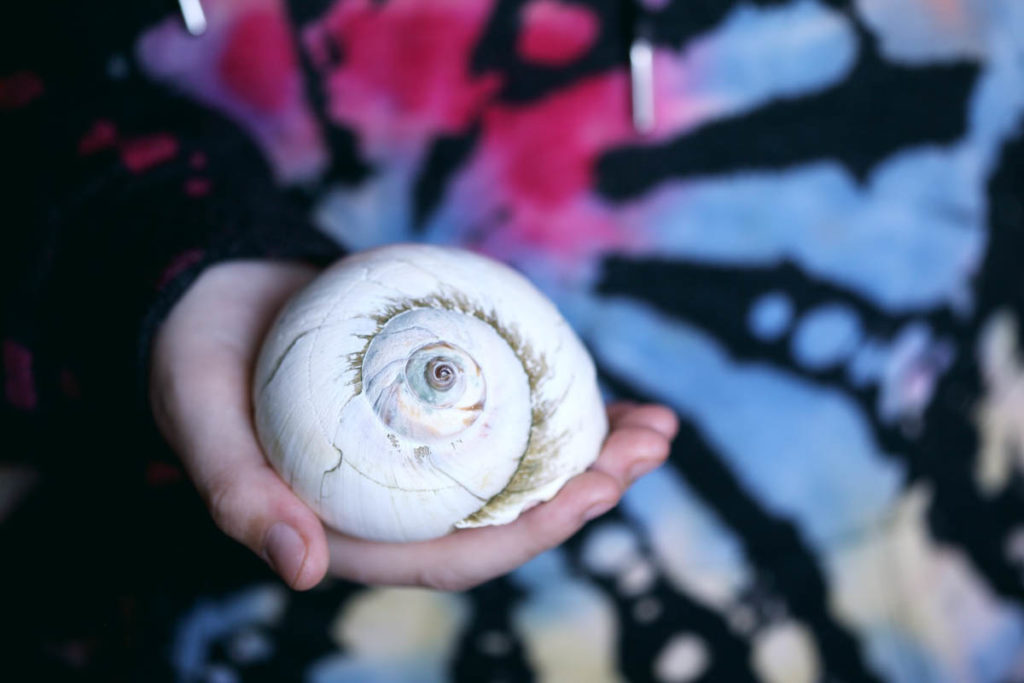So What Exactly is a Moon Snail?
When we talk about moon snails, we’re referring to a group of species in the Naticidae family.
Moon snails or necklace shells, is a family of medium to large-sized predatory sea snails. They can grow to 14 cm. (5 inches) The shells of this family’s species are mostly globular in shape. It is estimated that there are approximately 260-270 recent species of moon snails worldwide. They are thought to have evolved in the late Triassic or early Jurassic era. They can be identified by their shell shape, distinct appearance, or predatory behaviour.
Moon snails are widely distributed and found all over the world. Tropical regions have the greatest diversity of species and genera. Nonetheless, the snails are abundant in temperate, Arctic, and Antarctic waters.
During the day, the moon snail hides in the sand to avoid predators such as clams. However, the snails hunt for other mollusks at night. They have a method for killing and eating their prey. When they find prey, they suffocate it with their foot, which can be too large to fit inside the shell, forcing the bivalve to open and make its tasty meat available to the hungry snail. If suffocation fails, the snails will secrete a calcium-based acid onto the prey’s shell in order to soften it. The snail will use its toothed tongue to bore a bevelled hole into the prey’s shell once the shell has softened. Oysters, too, bore holes into their prey, but the two holes look different. Over the course of several days, the Moon Snail sucks the Clam tissues out of the shell. Feeding on clams causes the Moon Snail to accumulate poisons that, if consumed, can cause paralytic shellfish poisoning in humans.

Except for the occasional Sunflower Star attack, Moon Snails have few predators. Moon snails breed in deeper water during the winter and near the shore during the summer.
Moon snails, believe it or not, can live for up to 15 years, and they don’t survive that long on luck alone.
Video. You Tube: Lobsters Gone Wild





